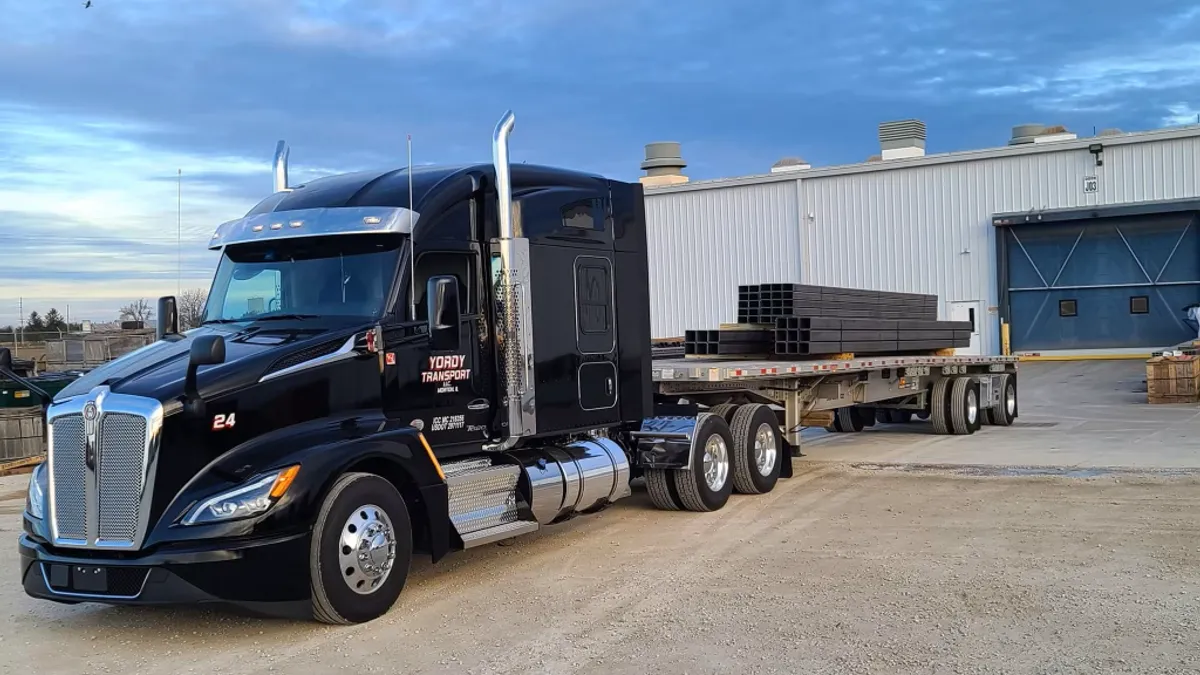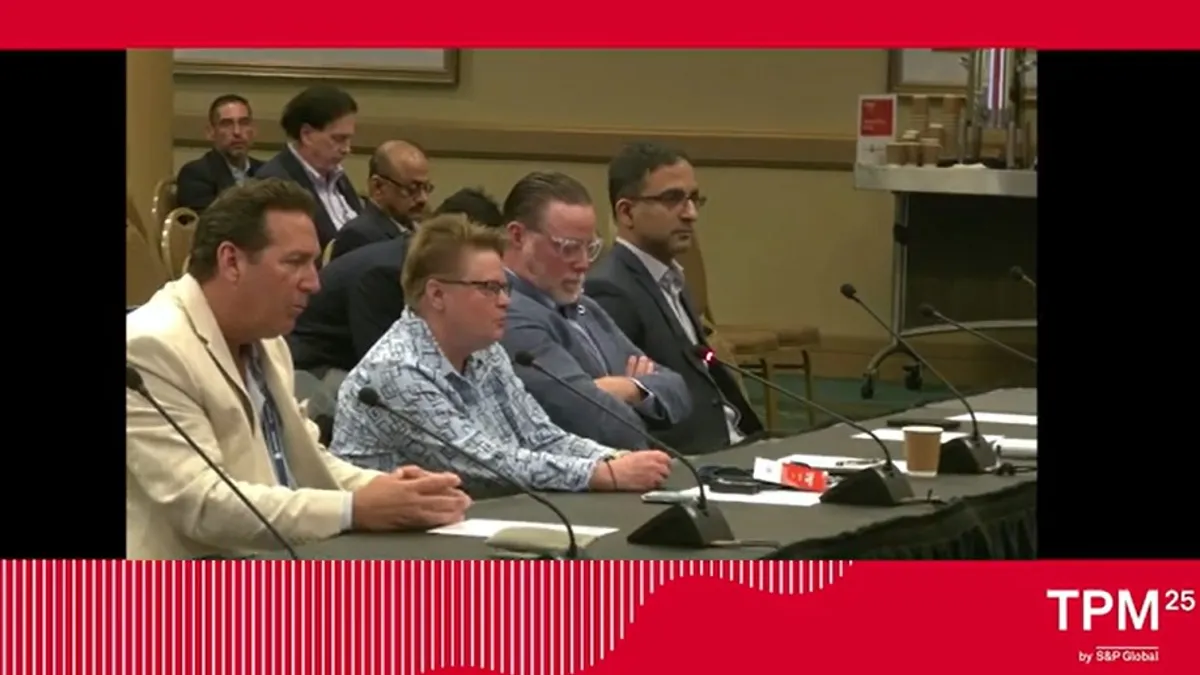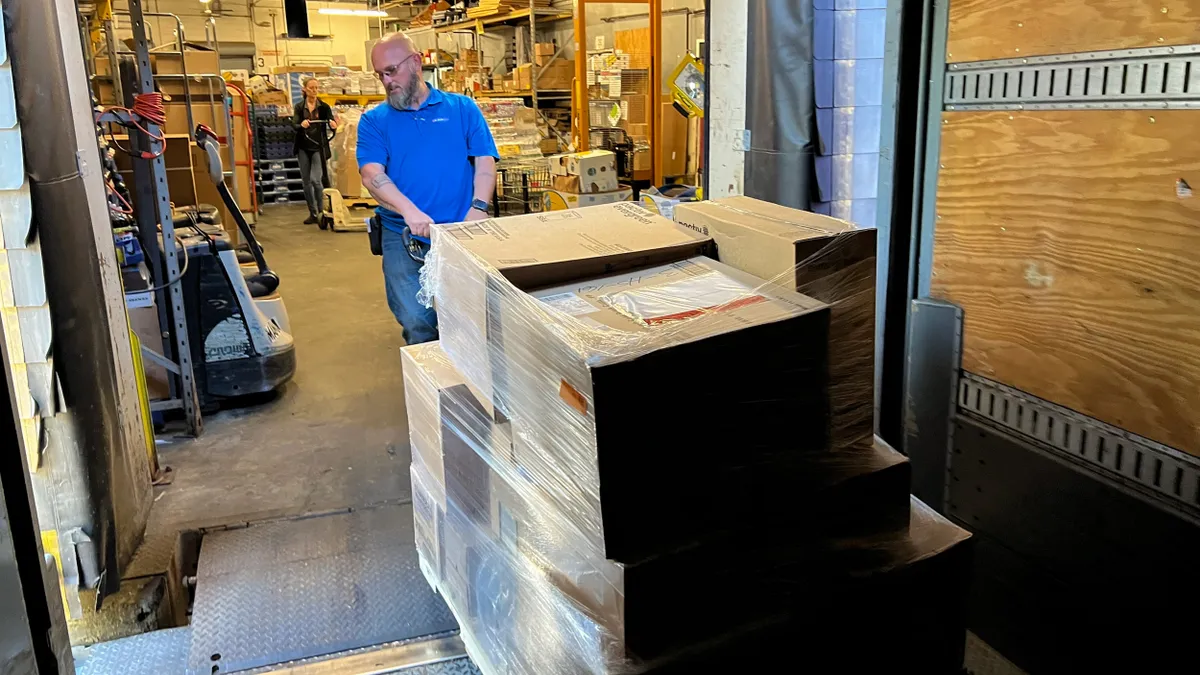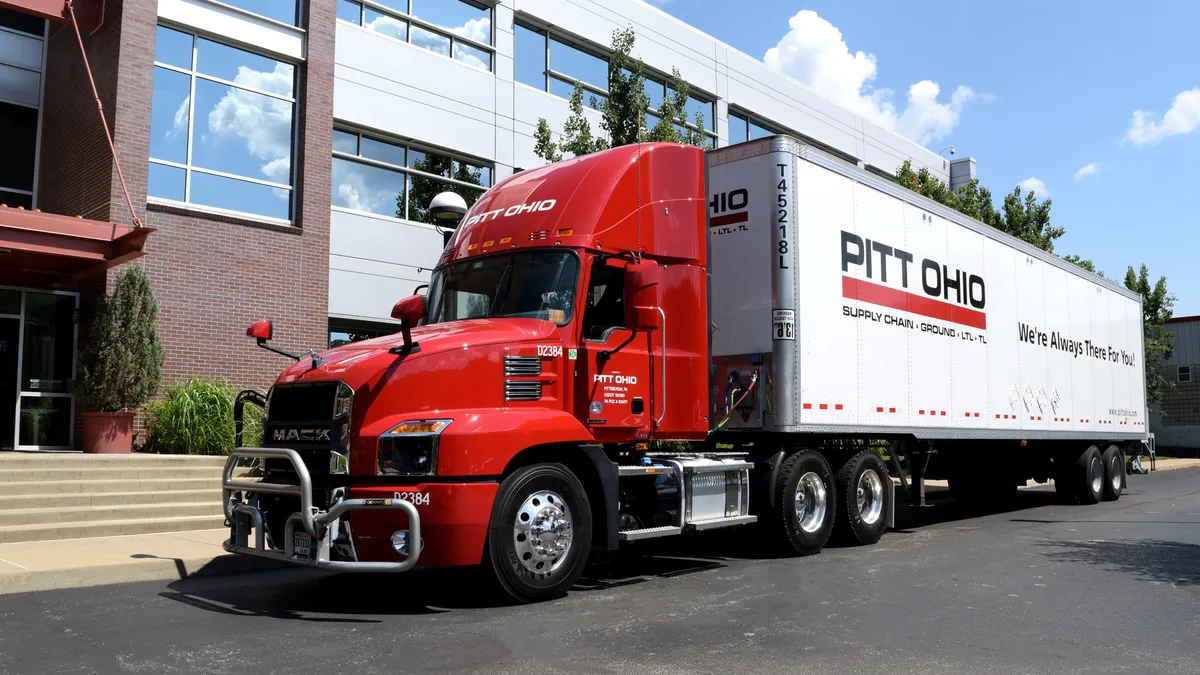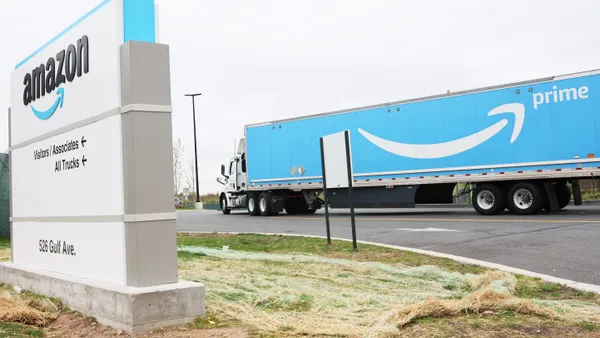This is a contributed op-ed written by Oren Zaslansky, CEO of Flock Freight.
On Dec. 16, the freight industry takes another technology-driven step forward with the Federal Motor Carrier Safety Administration's (FMCSA) mandated implementation of Electronic Logging Devices (ELDs) on all trucks, even those that had been running the last-generation Automatic On-Board Recording Devices (AOBRDs).
With the expectation that all trucks on the road will have these devices, the deadline to install ELDs has been pushed back a few times over the years, as issues with connectivity, implementation, and other requirements have complicated the process. This has not been a plug-and-play solution for carriers to implement, especially when transitioning from older technology. So where do ELDs go from here?
ELDs were initially created as an exercise in driving compliance by the Department of Transportation. Simply put, ELDs track trucks. They can tell us where they were and where they went. Their ultimate goal being recording hours of service. ELDs are an incredible tool that have transformed the industry by driving trust through visibility. We don’t often see a regulatory compliance issue transform into a systemic reduction of friction. With the widespread use of ELDs, it’s the first time shippers and brokers have a line of sight into the supply side of their business — that’s nothing short of powerful. In fact, this is arguably one of the greatest developments in freight given how actionable, useful, and transformative the generated data is.
However, I believe we are just at the nascent stages of this technology. There are two key strategic pathways to think through on the subject. One being the data side and the other being the hardware. Both of these are critical, in many ways they feed each other.
Regarding the hardware, there’s an incredible pathway for technological development on this front. Current ELDs are relatively binary data generators and only monitor the tractors. I think the future will enable the collection of data that gives visibility into the trailer, sharing dynamic data on variables like capacity and temperature control. There is a world of untapped data points in trucking and they go way beyond the realm of location-based tracking. The message for independent brokers and operators in the freight industry is this new data will create new opportunities for parties to engage in more profitable and meaningful ways.
Improvements on the hardware side will inevitably expand the world of data available to various players in the freight industry. This is where things get tricky. ELDs created foundational changes in the industry, driving trust and visibility through the supply chain. But there can be a downside: channel conflict.
The message for independent brokers and operators in the freight industry is this new data will create new opportunities for parties to engage in more profitable and meaningful ways.

Companies that currently play in the space of ELD tech must carefully assess whether they operate solely as software businesses, being the stewards of data, or if they will elect to convert the data they’ve gathered into a robust freight brokerage powered by these new data points. The ELD companies aren’t the only ones who should keep a finger on the industry's pulse, everyone who uses or benefits from ELDs should keep an eye on this. Brokerages, shippers and carriers need to be thinking about what data they want, need and care to share — regardless of the routes ELD companies take.
Another likely trend to consider for the future of ELDs is how they converge with app technology. This collision of ELDs and mobile apps seems inevitable. However, their adoption strategies are incredibly different and that’s something worth considering. ELDs come with certain limitations, not least of which is cost, but they have powerful market saturation due to compliance requirements. An app is easier to use and their low cost means a lower barrier to market entry, but without compliance mandates driving adoption, there will be a massive burden on app developers to educate and convince people to use the new tech in addition to their ELD.
There is a lot of recent press related to ELDs and the potential negative impact on trucker safety. While there is significant research that needs to be done to determine the real impact of ELD's on creating a safer experience for drivers, the recent news will not help the case of ELD companies pushing for broader adoption of these devices.
Ultimately, changes in this space have the potential for massive channel conflict and that’s why it’s important to monitor industry changes. The temptation of some ELD providers to jump into brokerage will be a reality for many. That said, I think they may realize quickly that making that leap is harder than initially suspected. When ELD companies transform into brokerages, they need to meet a whole new set of customer expectations and deal with the grinding realities of owning, handling and fulfilling transactions. It’s a whole lot more than simply geo-locating a truck.
Innovation on this front in the freight industry will continue to grow more and more powerful as time goes on. It’s exciting to watch the developments, tracking the new opportunities they bring to those of us who work in this antiquated industry. The future of ELDs is a powerful light of innovation and I can’t wait to see what happens next.











